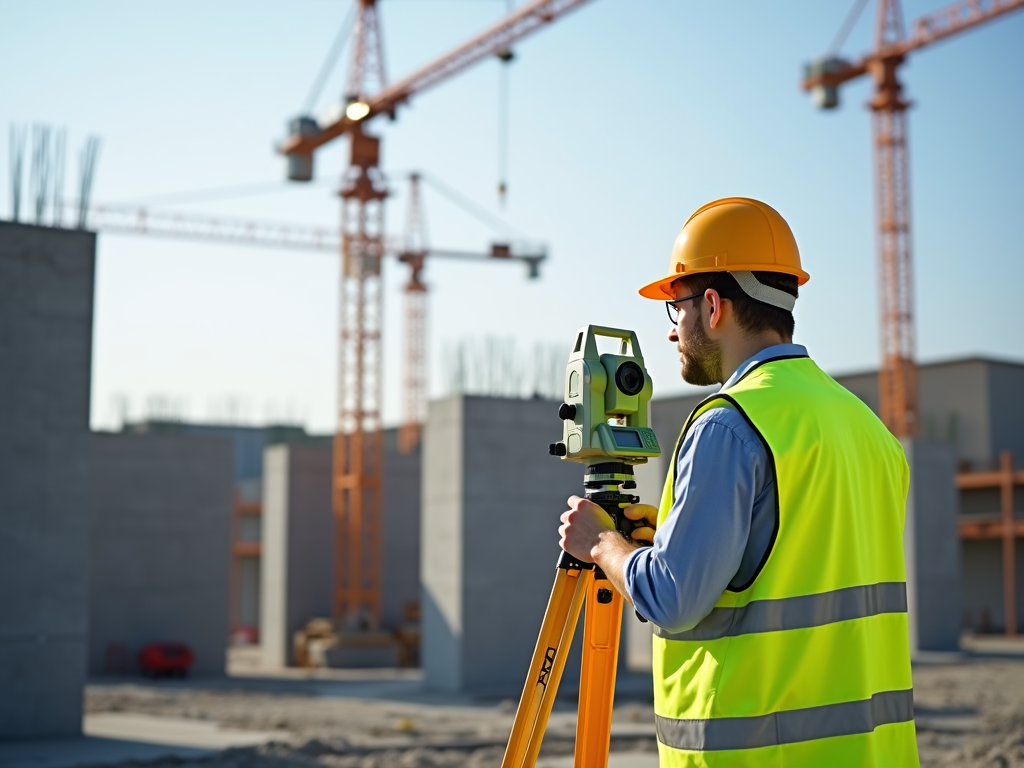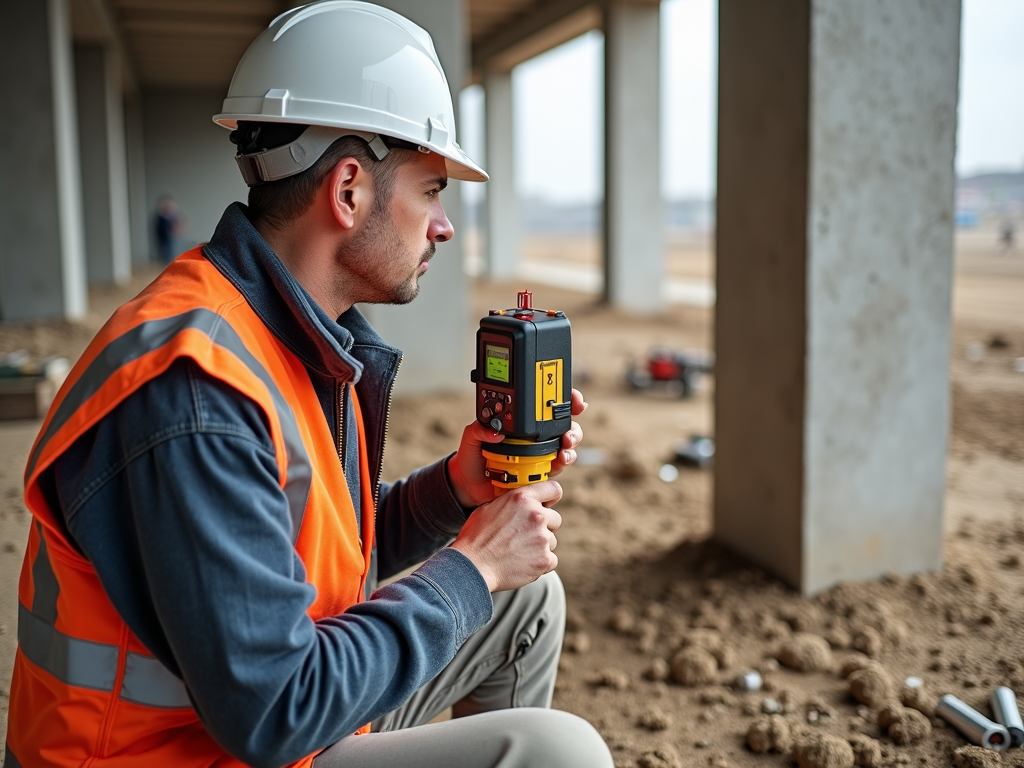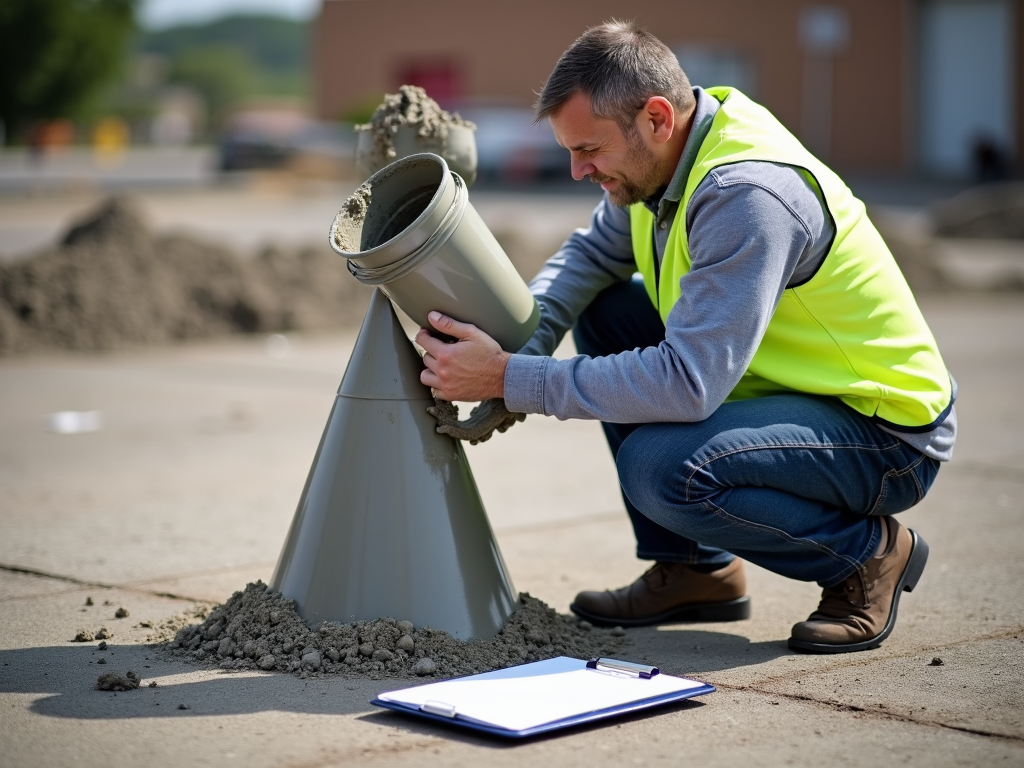Essential Tools for Construction Engineers: A Comprehensive Guide
Construction engineering blends creativity with precision. To succeed, you need the right tools. This guide explores the Essential Tools for Construction Engineers, helping you tackle projects from start to finish with confidence and accuracy.
Tools shape every stage of a construction project. They simplify complex tasks, save time, and keep everyone safe. Whether you’re designing a foundation or managing a team, the right gear makes all the difference. Let’s dive into the essentials.
Foundation design sets the stage for any building. A solid base keeps structures standing strong for years. Foundation design software helps engineers create detailed plans. It lets you test different options—like shallow or deep foundations—before breaking ground.
I’ve used foundation design software on many projects. It’s a lifesaver. You can tweak designs fast and spot problems early. That means fewer surprises during construction—and less stress overall.

Footing calculation is just as critical. Footings spread a building’s weight across the ground. Get it wrong, and the structure could sink or crack. Footing calculation tools figure out the size and strength needed based on soil and load.
I’ve switched to footing calculation tools after years of doing it by hand. The difference is huge. They crunch numbers in seconds, leaving me free to focus on the bigger picture. Accuracy goes up, and headaches go down.

Surveying tools map out the land before construction starts. Total stations measure angles and distances with pinpoint accuracy. GPS units track locations, and laser levels keep everything straight. Together, they ensure your project stays on course.
Early in my career, I stuck to old-school surveying tricks. Modern tools changed everything. They’re fast and reliable. Once, a total station caught a tiny error in a site layout—fixing it saved us days of rework.

Big projects need tight coordination. Project management software keeps it all together. It tracks deadlines, assigns tasks, and shares updates. Tools like Microsoft Project or apps built for construction help you stay ahead of the game.
I’ve run projects with and without this software. Trust me, it’s worth it. On one job, it flagged a delay before it snowballed. We shifted resources and finished on time. It’s like having an extra brain.
Safety gear isn’t optional—it’s a must. Hard hats, vests, gloves, and eye protection shield workers every day. For heights, harnesses and nets add extra security. These tools keep the team safe and the project moving.
I’ve seen safety gear make the difference between a close call and a disaster. On a windy day, a harness kept a worker steady on a roof. It’s a simple choice: equip your team right, and everyone goes home safe.

Communication tools tie the team together. Two-way radios cut through site noise. Smartphones and apps share plans instantly. When everyone’s in sync, mistakes drop, and work speeds up.
Good communication saved a project for me once. A quick radio call stopped a crew from pouring concrete in the wrong spot. Simple tools like these keep chaos at bay.
Measurement tools ensure precision. Tape measures and calipers handle small jobs. Laser distance meters tackle bigger spaces fast. Every inch counts when you’re building something to last.
I learned this lesson early: measure twice, build once. A laser meter caught a wall off by half an inch once. Fixing it early avoided a domino effect of errors later.

Testing equipment checks quality at every step. Slump testers measure concrete’s consistency. Moisture meters spot dampness issues. These tools catch problems before they grow into costly fixes.
Testing isn’t just paperwork—it’s peace of mind. I’ve used slump testers to catch weak concrete batches. Sending them back saved us from a shaky foundation down the line.

Here’s the rundown of Essential Tools for Construction Engineers:
- Foundation design software
- Footing calculation tools
- Surveying equipment
- Project management software
- Safety gear
- Communication tools
- Measurement tools
- Testing equipment
These keep projects smooth, safe, and spot-on.





